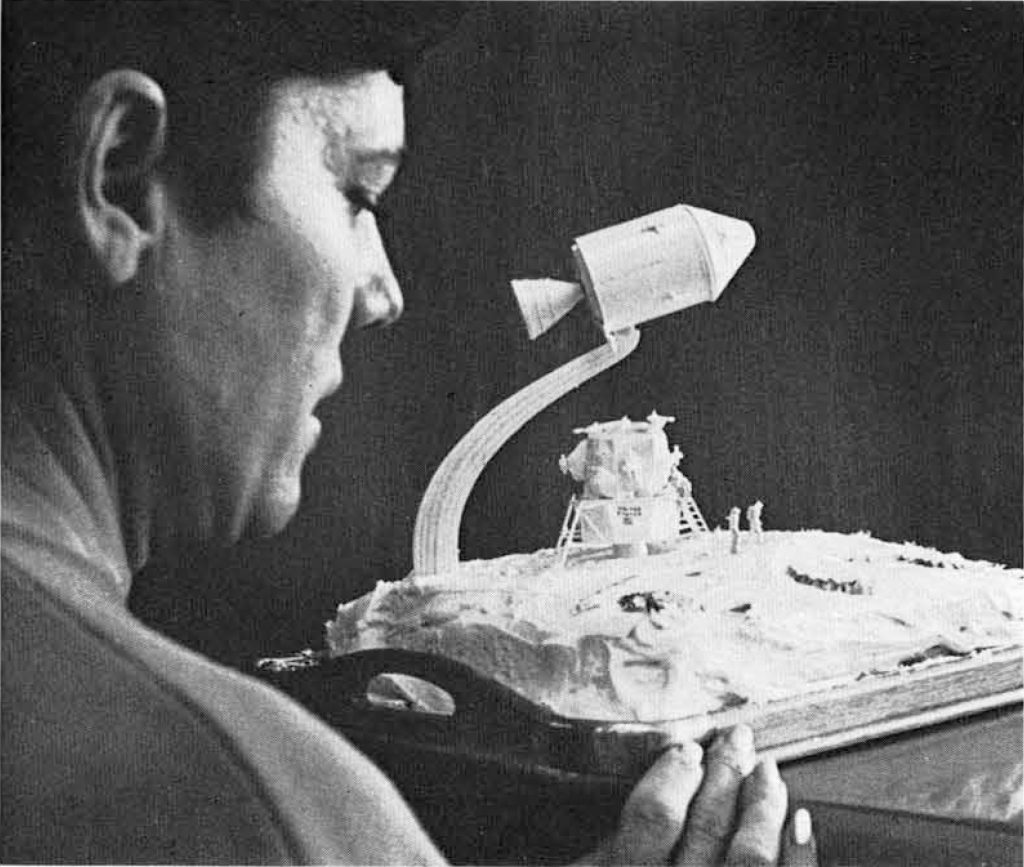From the August 1, 1969, Sandia Lab News:

Two cup-sized radioisotopic heaters analyzed and safety tested at Sandia Laboratories are part of the instrumentation left on the moon by astronauts of Apollo 11.
Function of the heaters — each providing 15 thermal watts of energy — is to keep the seismic “moonquake” instrumentation warm and operational during the extreme cold of the two-week lunar nights. As the temperature of the moon’s surface drops to 300° F below zero, the heaters will be warmed to a cozy 65 degrees below zero — within the operational range of the instruments.
The heaters were designed and built by Mound Laboratory which is operated for the Atomic Energy Comission by Monsanto Research Corporation.
Sandia’s safety evaluation produced aerothermodynamic information which helped engineers at Mound Laboratory arrive at the final design. Safety questions were answered by mathematical computations backed up by testing of models and components in Sandia’s environmental testing facilities.
The shape of the heaters and the path and velocity through space were used to determine the heat, pressure, vibration and shock which they might experience. In turn, the design of the package itself particularly its ability to withstand shock and heat — was analyzed to ensure that it could survive these conditions.
Dynamic shock machines, rocket sleds, reentry arc tunnels and other facilities in Sandia’s environmental test area were used to obtain this test data. Heater packages were “reentered” in a supersonic stream of gas which subjected them to temperatures approaching 3500° F. The packages were also accelerated by rocket sleds into a variety of targets to determine their ability to survive.